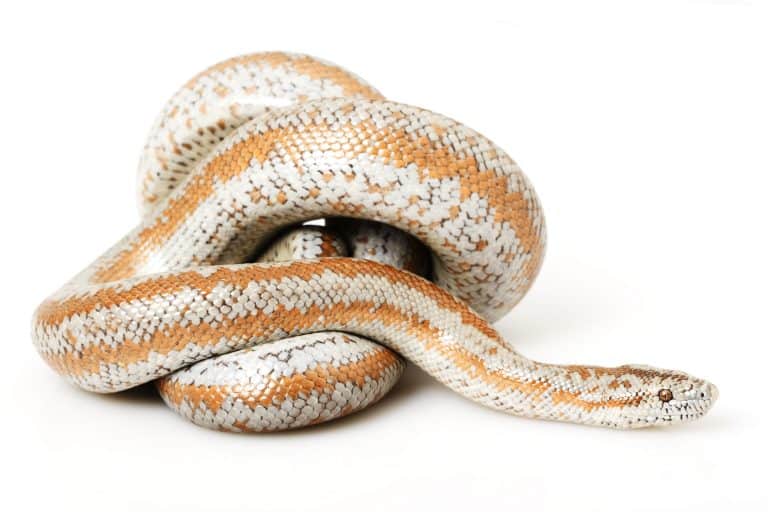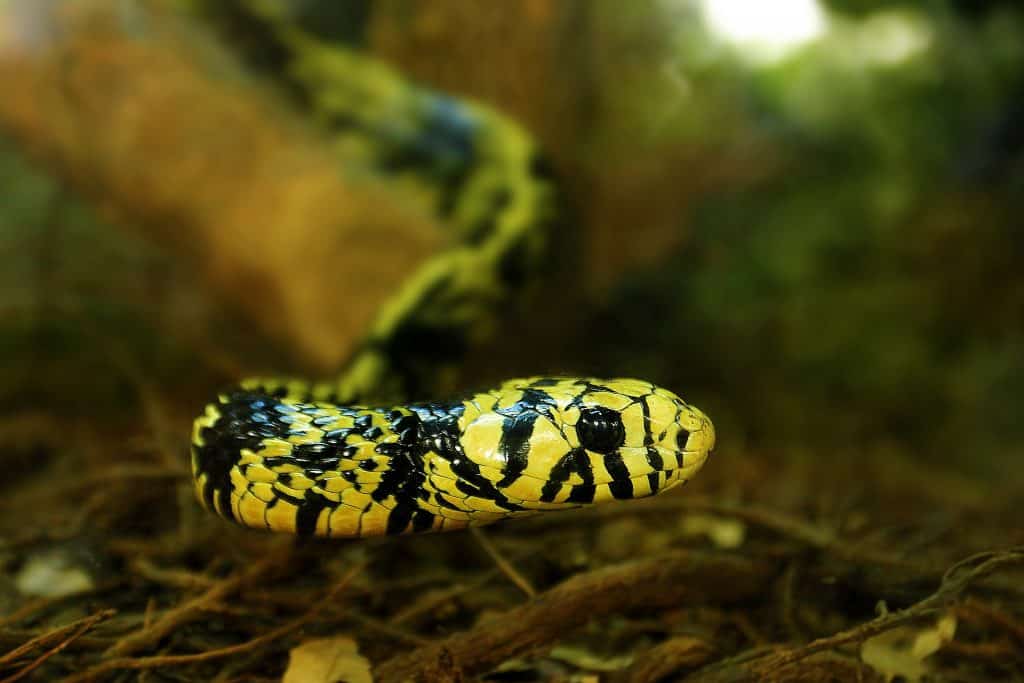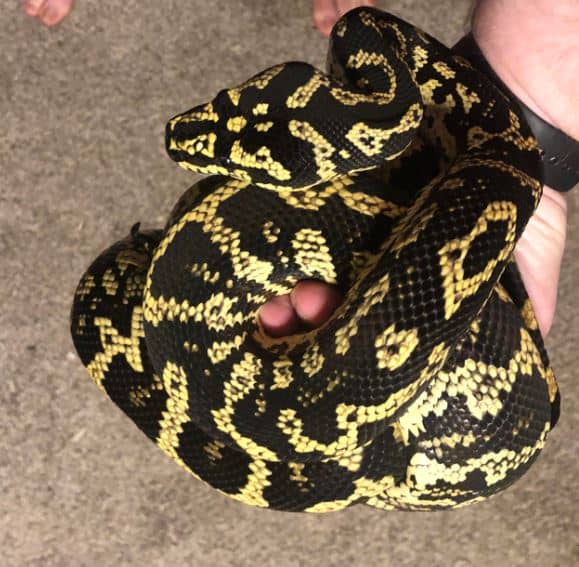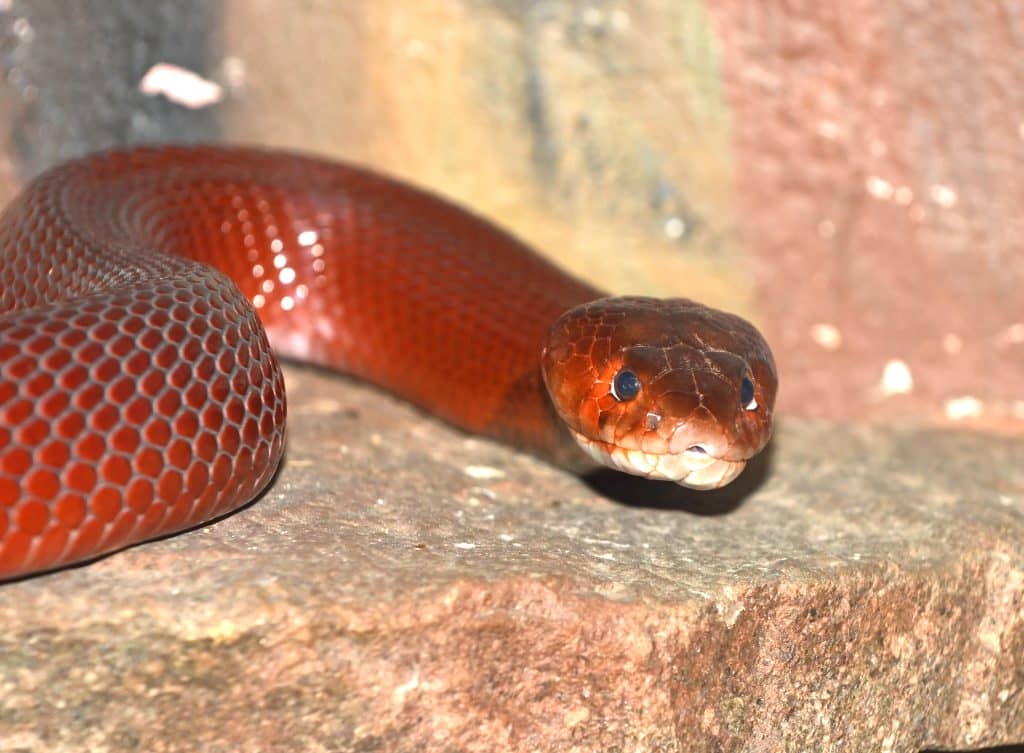Thinking about getting a pet snake but worried it might turn into a massive python that takes over your apartment? You’re not alone! Luckily, there are a few snake species that actually stay small—we’re talking about cute, compact reptiles that are easy to care for and won’t outgrow your bookshelf-sized terrarium.
In this article, we’ll dive into three small pet snakes that remain manageable in size, making them perfect for beginners or anyone with limited space. Whether you’re new to the world of reptiles or just want a chill, low-maintenance pet, these little guys might be exactly what you’re looking for.
What Defines a “Small” Pet Snake?
Not all small snakes are created equal. Some start small but eventually grow into six-foot-long giants. When we say “small,” we’re talking about snakes that generally max out at under 3 feet long—sometimes even shorter.
Size Ranges and Growth Expectations
-
True small snakes grow to about 18 inches to 36 inches.
-
Their growth rate is slower and more predictable than larger species.
Lifespan and General Care Needs
-
Most small snakes can live 10 to 20 years, with proper care.
-
They need a warm, humid environment, a clean enclosure, and regular feeding—usually once a week.
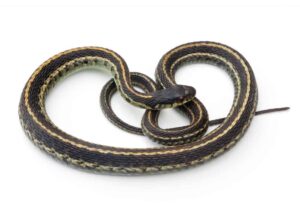
The Benefits of Choosing a Small Snake
So, why go small? Here are a few compelling reasons:
Space Efficiency
Small snakes need smaller enclosures. A 20-gallon tank is often more than enough, freeing up your floor space for, well, literally anything else.
Lower Feeding Requirements
These snakes typically eat smaller prey like pinky mice, and less frequently too. That means lower food costs and easier care overall.
Beginner-Friendly Temperament
Most small snakes are known for being docile and easy to handle, making them ideal for first-time reptile owners.
Top 3 Small Pet Snakes That Stay Small
Let’s talk about the stars of the show. These three snakes are not just adorable—they’re practical, easy to care for, and won’t surprise you by growing to monster size.
Western Hognose Snake
Appearance and Size
-
Grows to 14–24 inches on average.
-
Recognizable by their upturned “hog-like” snout and keeled scales.
-
Colors vary: from sandy browns to exotic morphs like albino or anaconda.
Behavior and Temperament
-
Super playful, curious, and fun to watch.
-
Known for “dramatic” defense tactics—like playing dead!
-
Not aggressive and rarely bite.
Habitat and Care Tips
-
Loves burrowing, so provide a deep substrate like aspen or coconut husk.
-
Maintain temps of 75–90°F with a basking spot.
Feeding and Diet
-
Eats pinky or fuzzy mice.
-
Feed once a week; sometimes less in cooler months.
Kenyan Sand Boa
Appearance and Size
-
Reaches only about 15–24 inches.
-
Has a chubby, sausage-like body and a short, blunt tail.
-
Beautiful orange and black banded pattern.
Behavior and Temperament
-
Very calm, tends to hide under substrate.
-
Shy but tolerates handling well once accustomed.
Habitat and Care Tips
-
Requires a dry, sandy environment.
-
Provide hide spots and under-tank heating.
-
Night temps: 70–75°F; Day temps: 85–95°F.
Feeding and Diet
-
Prefers live or thawed pinky mice.
-
Eat about once a week.
Children’s Python
Appearance and Size
-
Despite the name, this snake is not for children, but it’s still small!
-
Grows to about 2.5–3 feet max.
-
Sleek body with dark brown blotches on a tan background.
Behavior and Temperament
-
Docile and incredibly tolerant of handling.
-
Very intelligent for a snake—can learn routines!
Habitat and Care Tips
-
Needs a slightly more spacious enclosure than the others.
-
Temps: 75–85°F, with basking spots around 90°F.
-
Provide climbing branches and good ventilation.
Feeding and Diet
-
Eats pinkies and fuzzies as juveniles; small adult mice when grown.
-
Once-weekly feeding is ideal.
Tips for First-Time Snake Owners
Before you bring home your slithery friend, here are a few quick tips:
Choosing the Right Enclosure
-
Glass terrariums work great for visibility.
-
Plastic tubs retain heat better and are easier to clean.
Handling and Socialization
-
Handle gently and regularly to build trust.
-
Avoid handling right after feeding to prevent regurgitation.
Health Checks and Common Issues
-
Watch for signs of mites, respiratory infections, and shedding problems.
-
Make sure the humidity and temperature stay within the correct range.
What to Avoid When Getting a Pet Snake
Overfeeding
-
Overfeeding can lead to obesity and health issues. Stick to a schedule!
Improper Heating or Humidity
-
Cold snakes can’t digest food properly and may get sick.
-
Always use a thermometer and hygrometer.
Choosing a Snake That Grows Too Large
-
Ball pythons and corn snakes are great, but can still grow larger than some first-timers are ready for.
Legal Considerations and Ethical Sourcing
Check Local Laws
-
Some regions have restrictions or bans on exotic pets.
-
Always check before buying!
Buy from Reputable Breeders
-
Avoid pet stores with poor conditions.
-
Reputable breeders provide health records and ensure ethical practices.
Conclusion
Small snakes make fantastic pets—especially for beginners or anyone living in a small space. The Western Hognose, Kenyan Sand Boa, and Children’s Python are three excellent choices if you’re looking for low-maintenance, fascinating pets that won’t outgrow their homes (or yours!). Remember, a little research and care go a long way in making sure your pet snake stays happy and healthy.
So, are you ready to welcome one of these little noodles into your life?
